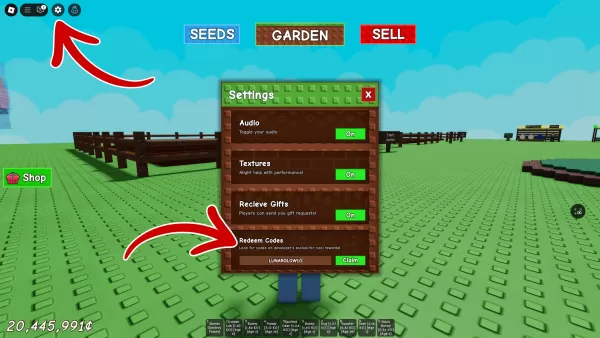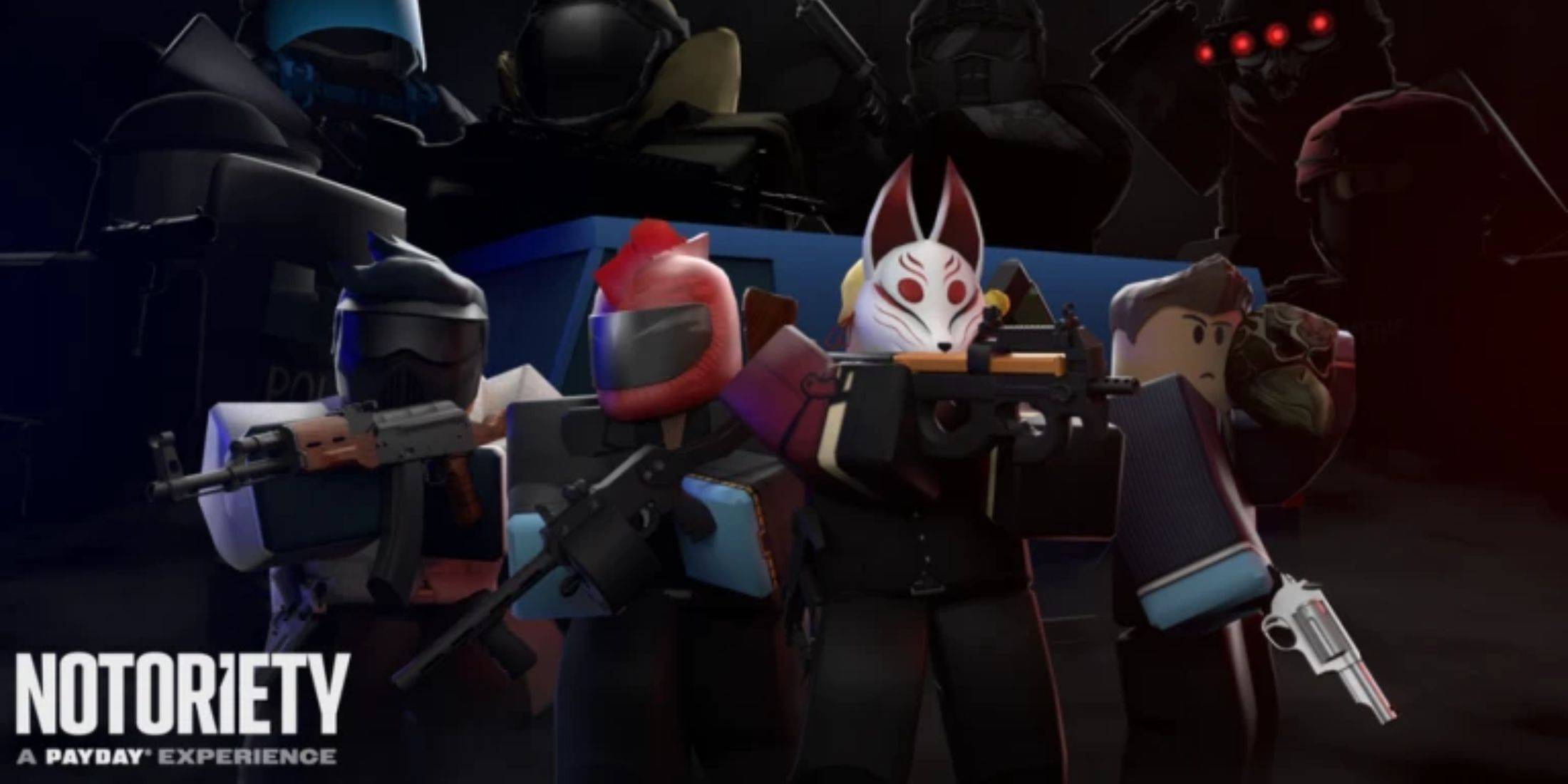Exclusive Preview: Blades of Fire Revealed
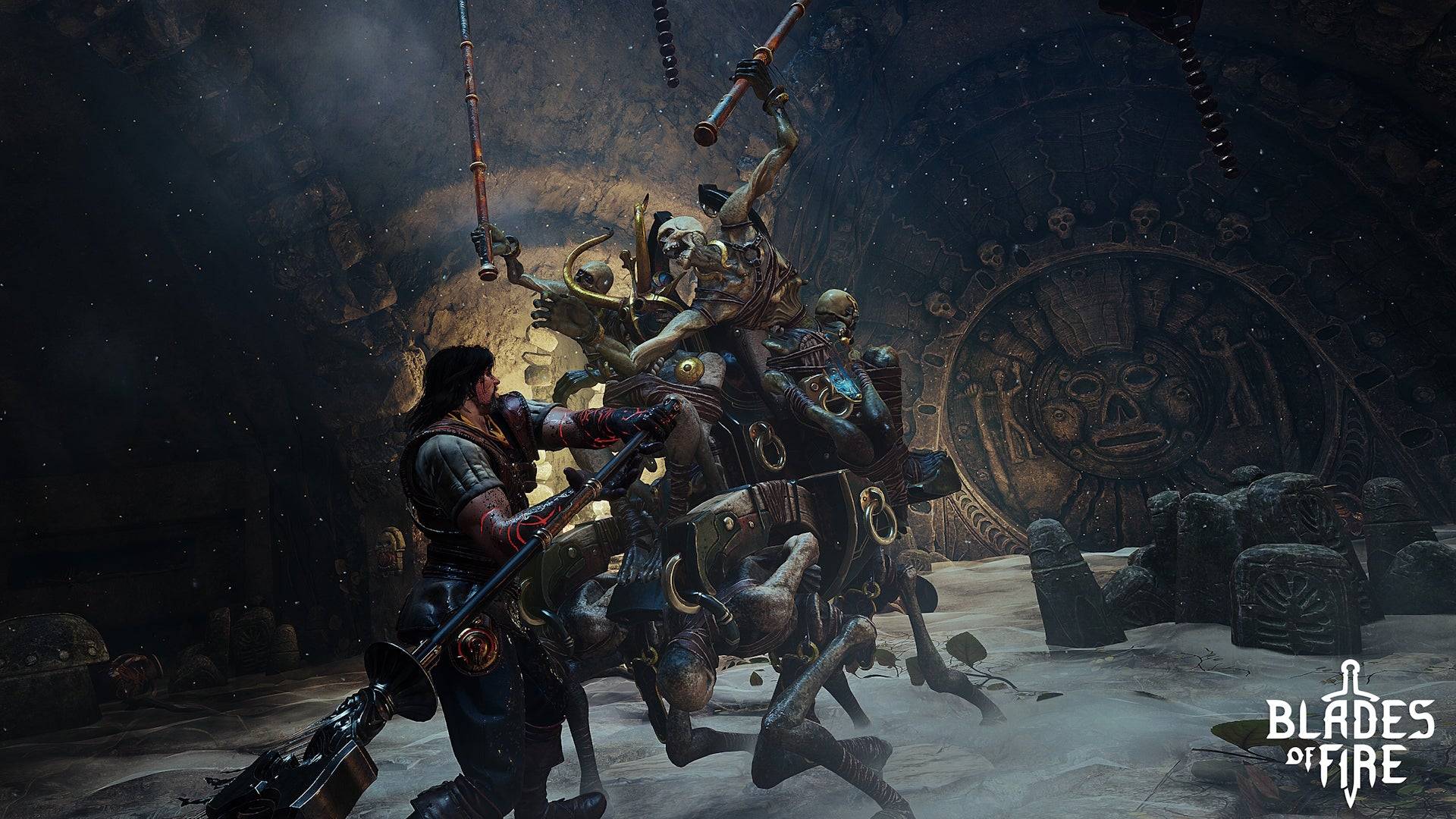

When I first launched into MercurySteam's Blades of Fire, I anticipated a spiritual successor to their Castlevania: Lords of Shadow series with modern God of War influences. Within the initial hour, the experience transformed – revealing itself as a Soulslike with weapon-based progression rather than traditional RPG stats. After three hours with the game, I realized both impressions were partially correct yet incomplete: Blades of Fire thoughtfully remixes familiar elements into something fresh within the action-adventure space.
A Dark Fantasy Hybrid
The game's surface similarities to God of War are undeniable. Its Nordic-inspired dark fantasy setting, weighty combat, and intimate third-person perspective instantly recall Kratos' recent adventures. My demo session reinforced these parallels – navigating puzzle-filled environments with a young companion, encountering a wilderness dweller living atop a massive beast. The Souls influence becomes equally apparent through bonfire-like checkpoints that replenish healing items while respawning enemies. While these elements feel familiar, Blades of Fire filters them through a distinctly 1980s fantasy aesthetic.


Innovative Combat Mechanics
Where Blades of Fire truly distinguishes itself is through its directional combat system. Each face button corresponds to specific attack directions – headshots with triangle, torso strikes with cross, while square and circle execute left/right swipes respectively. These mechanics shine during key encounters; against one early troll boss, I surgically severed its weapon arm using precise right-handed strikes before eventually removing its face entirely, temporarily blinding the creature. The combat demands constant awareness of enemy stances – low attacks can bypass raised defenses, while different weapon stances (slashing vs thrusting) affect your tactical options.
The Heart of the Experience
Blades of Fire's most compelling innovation lies in its weapon durability and forging systems. Weapons gradually degrade with use, requiring mid-combat sharpening or stance switching. When gear ultimately breaks, you'll either repair it at checkpoints or melt it down in the game's remarkably deep crafting system. This isn't simple menu-based assembly – you'll:
- Design weapons by adjusting dimensions and materials
- Physically hammer out the metal in a rhythm-based minigame
- Name your custom creations

Potential and Concerns
The forging system creates meaningful attachment to your armaments – death causes you to drop your current weapon permanently, though they remain recoverable in the world. While demanding, this mechanic reinforces the significance of your crafted gear. My primary concerns involve whether the dark fantasy world can sustain its 60+ hour runtime, and some obtuseness in the forging mechanics. However, with refinements before launch, Blades of Fire could offer a fresh perspective on weapon-based action RPGs that honors its inspirations while carving its own identity.
-
If you're a fan of puzzle games, you've almost certainly explored titles from Rusty Lake. To commemorate their 10th anniversary, the studio has prepared a series of exciting surprises, including a brand new game release, a special short film, and sigAuthor : Zoe Dec 21,2025
-
Star Wars Outlaws fans can return to a new tale of intergalactic smuggling on May 15, when the game’s second story pack launches across all current platforms. Season pass holders receive it free; otherwise, prepare to spend $14.99 in credits to joinAuthor : Grace Dec 21,2025
-
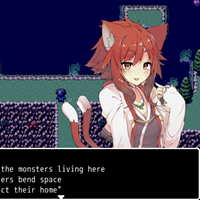 Selobus FantasyDownload
Selobus FantasyDownload -
 Braindom: Brain Games TestDownload
Braindom: Brain Games TestDownload -
 Idle World - Build The PlanetDownload
Idle World - Build The PlanetDownload -
 Claras Love HotelDownload
Claras Love HotelDownload -
 Neon SplashDownload
Neon SplashDownload -
 Guess the Word. Word GamesDownload
Guess the Word. Word GamesDownload -
 The Ball Game - Quiz GameDownload
The Ball Game - Quiz GameDownload -
 Mars SurvivorDownload
Mars SurvivorDownload -
 Let's do it! Gal-chan ~Fix your money and grades with sex~Download
Let's do it! Gal-chan ~Fix your money and grades with sex~Download -
 Soul Quest: Epic War RPGDownload
Soul Quest: Epic War RPGDownload
- Black Ops 6 Zombies: How To Configure The Summoning Circle Rings on Citadelle Des Morts
- Harvest Moon: Lost Valley DLC and Preorder Details Revealed
- Roblox: Latest DOORS Codes Released!
- Silent Hill 2 Remake Coming to Xbox and Switch in 2025
- Roblox: Blox Fruits Codes (January 2025)
- Roblox: Freeze for UGC Codes (January 2025)

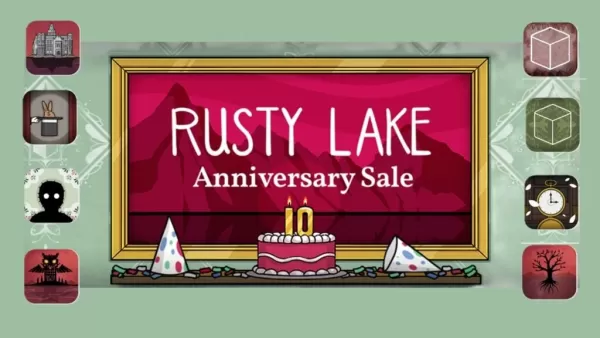
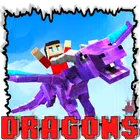
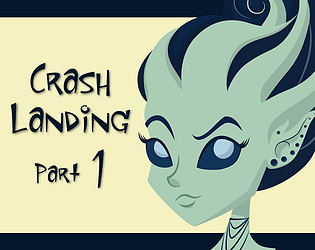



![Taffy Tales [v1.07.3a]](https://imgs.ehr99.com/uploads/32/1719554710667e529623764.jpg)



